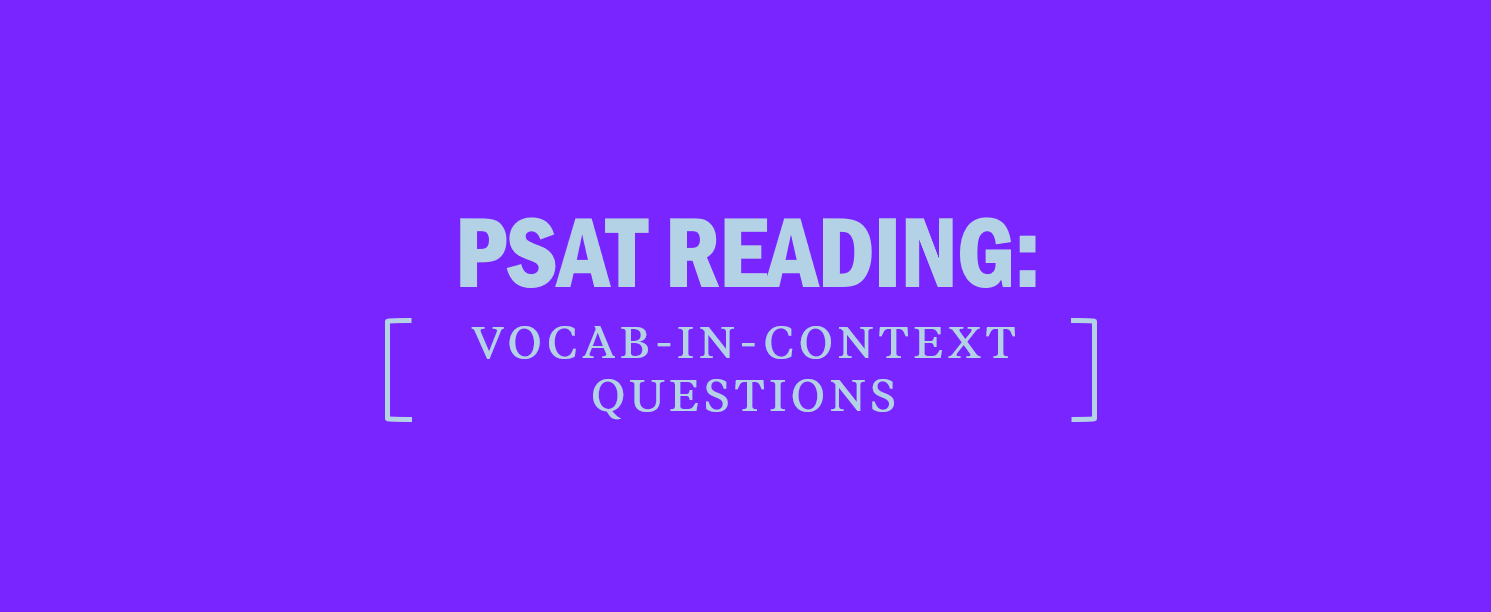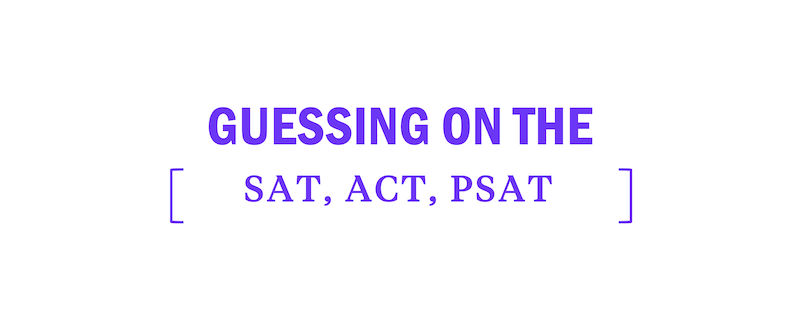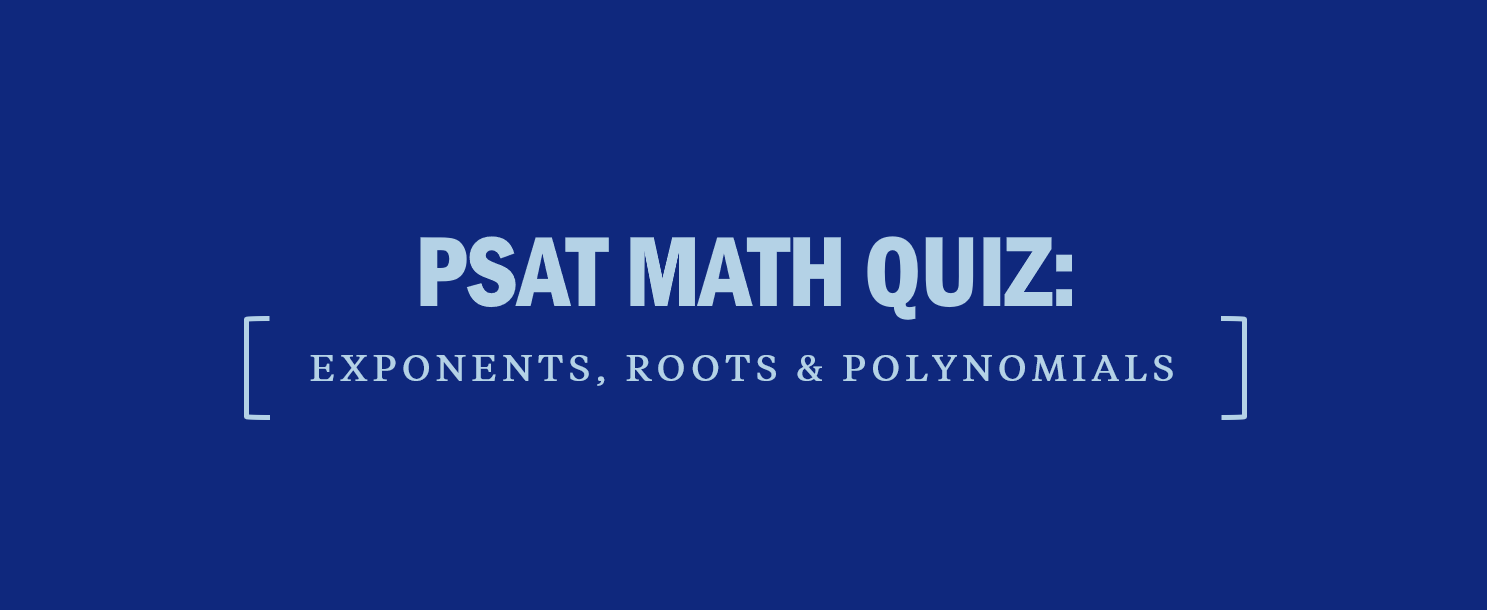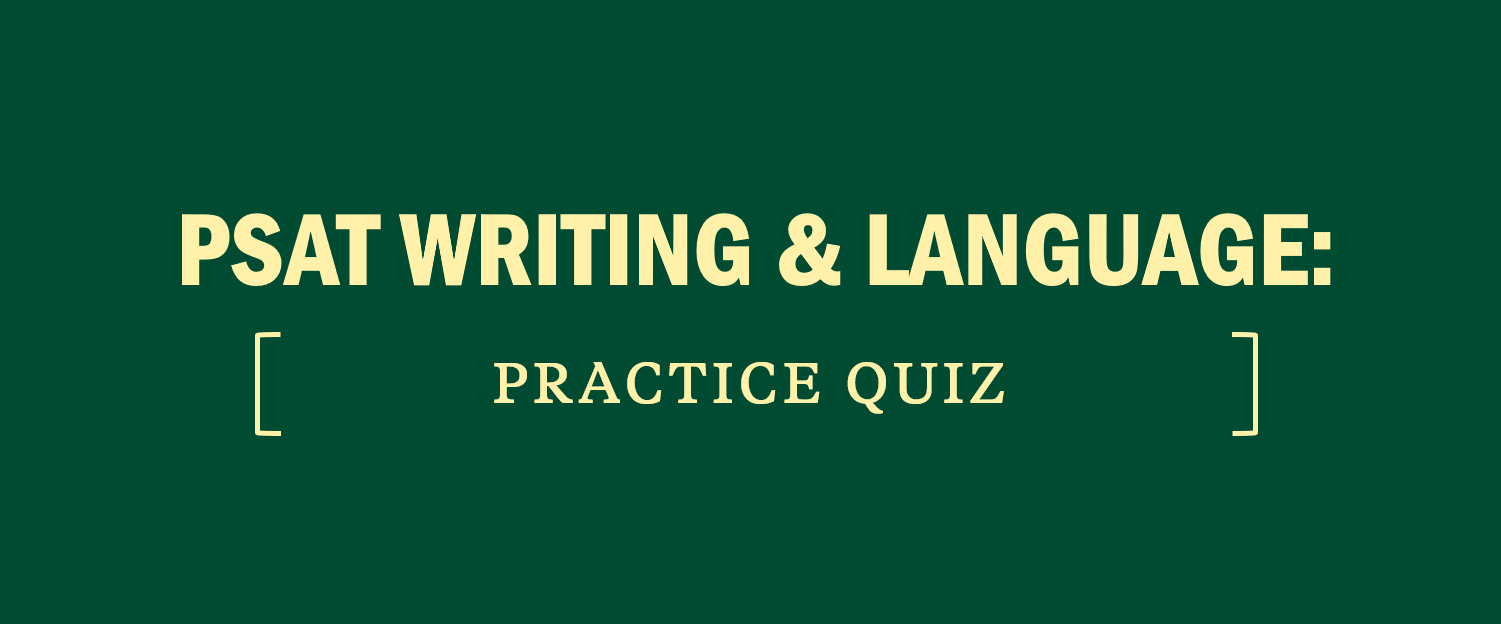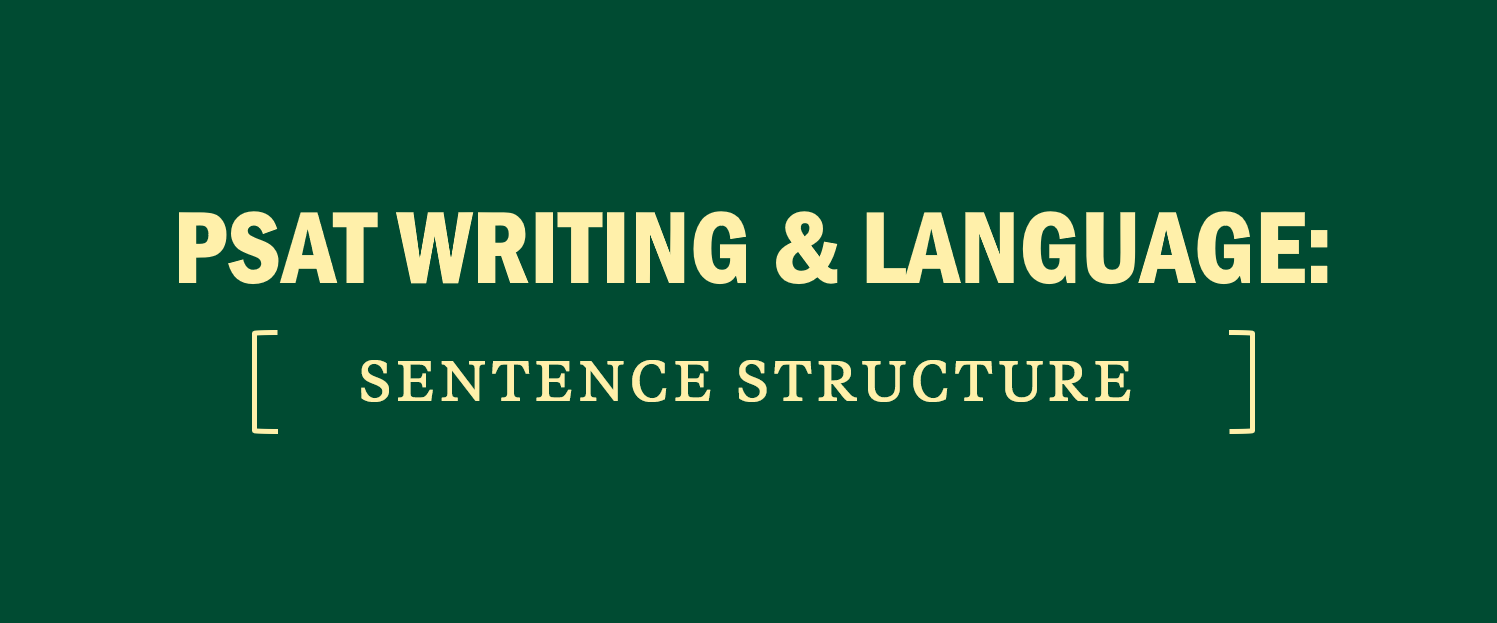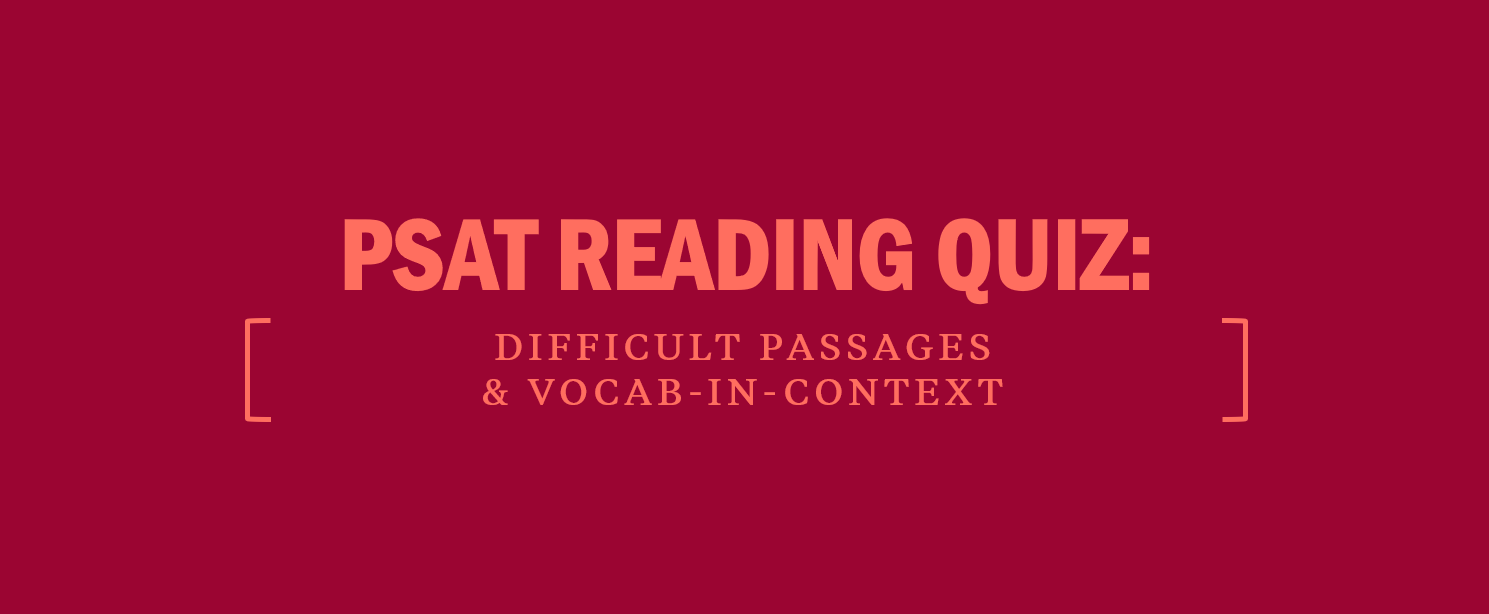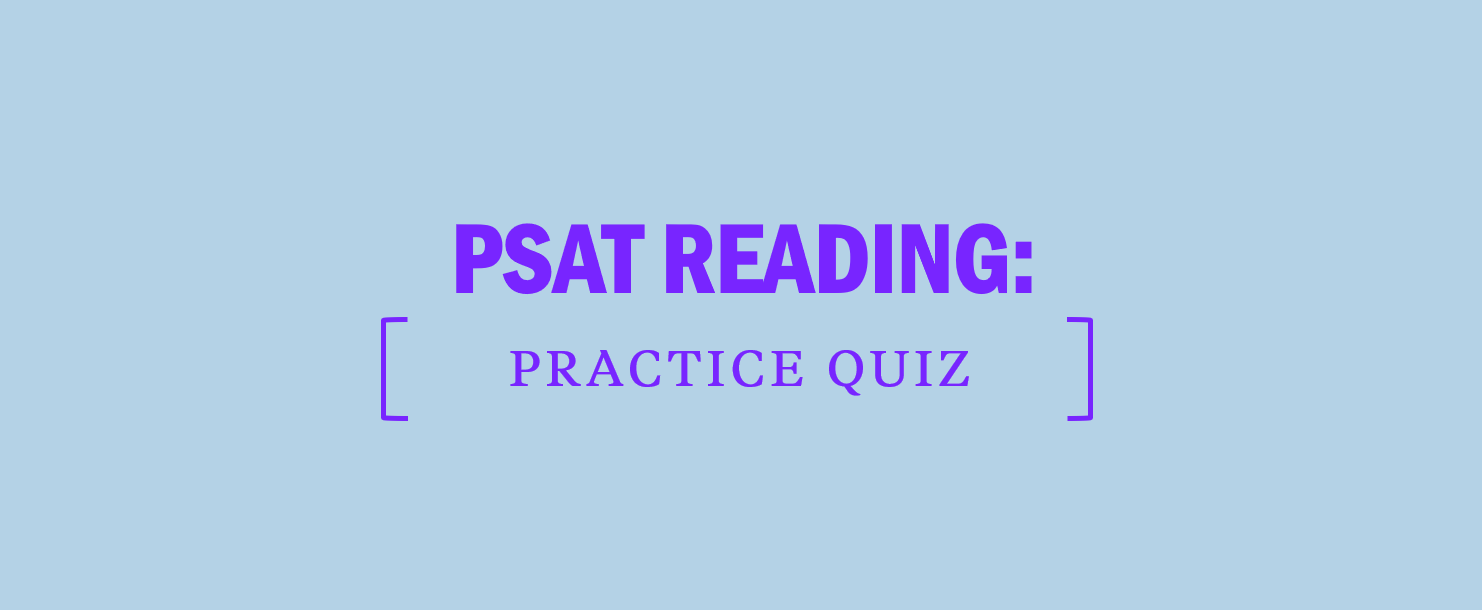PSAT Reading: Vocab-in-Context Questions
Vocab-in-Context questions require you to deduce the meaning of a word or phrase by using the context in which the word or phrase appears. You can recognize Vocab-in-Context questions because the wording of the question stem is often like this: “As used in line 7, ‘clairvoyant’ most nearly means . . . ”
Expert Tip
Some Vocab-in-Context questions ask about infrequently used words that you don’t know or that may not have a common meaning. Approach these questions exactly the same way you would any other Vocab-in-Context question—by using the Kaplan Strategy.
Kaplan’s Strategy for Vocab-in-Context questions relies heavily on Step 3 of the Kaplan Method for Reading Comprehension: Predict and answer.
To answer Vocab-in-Context questions efficiently and correctly, employ the following Kaplan Strategy:
Let’s look at the following example of a test-like passage and question set. After the mapped passage, the left column contains questions similar to those you’ll see on the PSAT Reading Test on Test Day. The column on the right features the strategic thinking test experts employ when approaching the passage and questions presented. Pay attention to how test experts vary the approach to answer different question types.
Remember!
PSAT passages often use primary source material, which means the language can seem antiquated to modern readers. In some instances, we have modified this language. Don’t let that distract you from making a Passage Map focusing on the central ideas.
Sample Connections and Vocab-in-Context Questions
Strategic Thinking
¶1: voting isn’t a crime
¶2: Const. guarantees right
¶3: “we the people” includes women
¶4: should be unlawful to prevent women from voting
¶5: women are citizens
Question 1
Step 2: Examine the question stem
- What kind of question is this? A Vocab-in-Context question
- How do you know? The question uses the phrase “most nearly means.”
Step 3: Predict and answer
- Pretend “exercised” is blank in the sentence from the passage. What word or phrase can you substitute for the blank? Acted within
- Which answer choice matches your prediction? Choice (A)
Question 2
Step 2: Examine the question stem
- What kind of question is this? An Implicit Connections question
- How do you know? By using the word “suggests,” the question stem describes a “cause,” so the correct answer must describe an implied effect.
Step 3: Predict and answer
- Which paragraph discusses the results of “disfranchisement”? Paragraph 4
- What is the cause of women not being able to vote, according to the passage? Government has no “just powers derived from the consent . . . ” (line 36)
- Which answer choice best matches this? Choice (D)
Question 3
Step 2: Examine the question stem
- What kind of question is this? An Explicit Connections question
- How do you know? Because the question stem is asking for a cause “based on the passage,” the correct answer must describe a stated cause.
Step 3: Predict and answer
- Where in the passage does the author discuss this relationship? The last sentence of the third paragraph
- What question describes this relationship? What has to happen to secure liberty?
- Which answer choice best matches this? Choice (B)
Previous: PSAT Reading: Connection Questions
Next: PSAT Writing and Language: Passage Types

